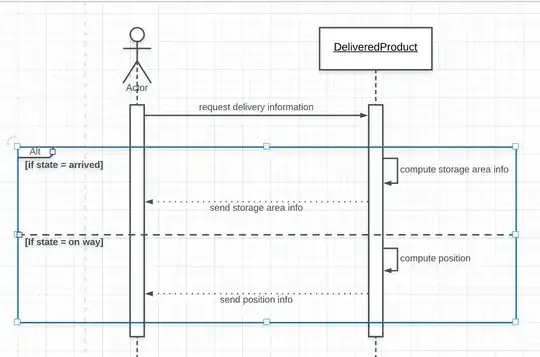question
Can an actor "talk" directly with an object of the system in a sequence?
example
For an homework I need to model a "tracking service" for some shipping company. The functional requisites for the system are:
- Allow user to receive information about shipping of specific product starting from a shipping code( if is on way the position, if is arrived the storage in wich is stored)
So I made a use case diagram, a class diagram in wich there are only:
- DeliveredProduct class: that describe the delivered product, having a "state" and "shipping code" attribute and some method like (getPosition, computeShippingCode etc..)
- Storage class: Wich is associate with DeliveredProduct and mantain information about wich product are in a specific Storage
I don't insert some User class because the system doesn't mantain any information about user (they access directly with some shipping code), it's right?.
Now I'm making a sequence for "get information about shipping" use case and I have made this:

Can i use "DeliveredProduct" as abstraction of the part of the system that "handle" the information about shipping processing?
I prefer to avoid to insert some partecipant like "system" or "application" in the sequence. Is it possible?
Thank's in advance.